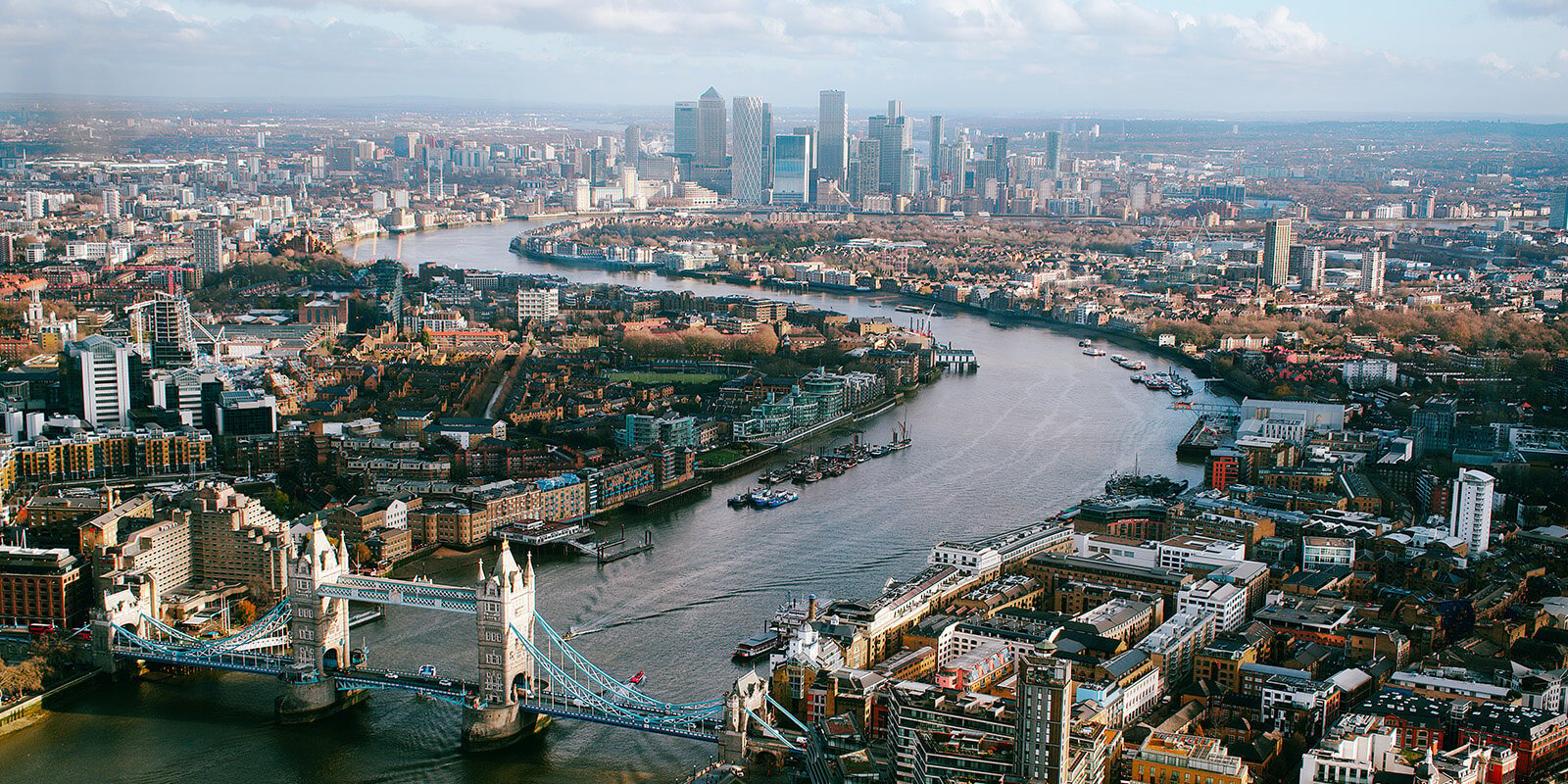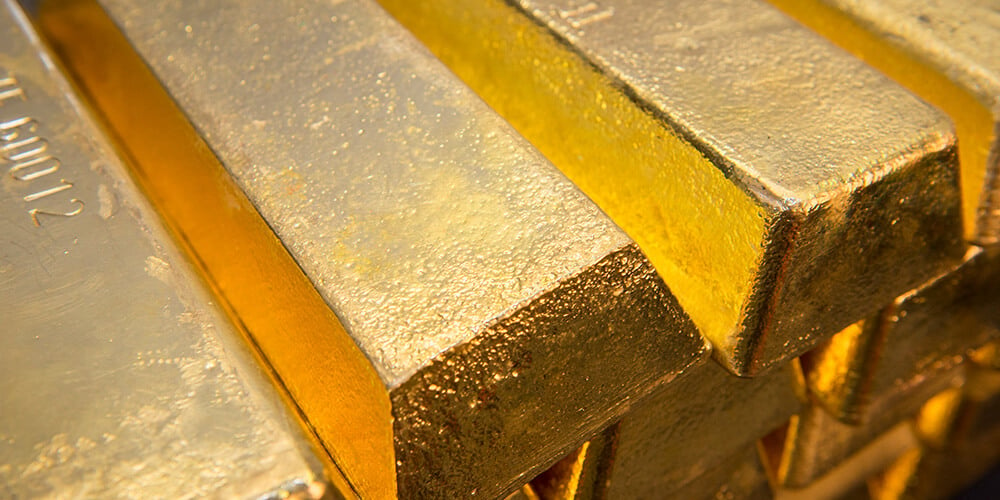The contents of this article, accurate at the time of publishing, is for general information purposes only, and does not constitute investment, pensions, legal, tax, or any other advice. Before making any investment or financial decision, you may wish to seek advice from your financial, pensions, legal, tax and/or accounting advisers.

Today, the Bank of England’s Monetary Policy Committee voted to increase UK interest rates to 5% - the 13th consecutive rise in interest rates. The move comes as data published earlier this week revealed CPI inflation to be 8.7%, confounding economists and market analysts who had expected it to fall.
Earlier this month, the US Federal Reserve opted not to increase their interest rates for now, but warned that further rate hikes may be necessary to control inflation.
Why are Interest Rates Rising, and What Does This Mean?
The economic impact of the pandemic and the war in Ukraine have pushed up global food and energy prices. Inflation is running relatively high in many economies around the world – equivalent inflation in the Eurozone is currently 7.1%, while the figure in the US is 2.7%.
The Bank of England’s target for inflation is for it to be at about 2% per year; considerably lower than the 8.7% recorded at present. To bring inflation down, central banks usually increase interest rates to slow spending.
While higher interest rates may mean saving rates increase, it also increases the cost of borrowing; meaning mortgages become more expensive, and businesses might borrow less which can dampen their growth and ability to create jobs. And despite stubbornly high inflation, the Office for National Statistics say that wages are not keeping pace with inflation, leaving many feeling the pinch of the cost of living. These factors have led some economists to speculate about the potential for a recession.
Investors often try to mitigate the impact of economic forces like recession or inflation by diversifying their portfolios or increasing their allocation to so-called ‘safe-haven’ assets like precious metals.
So how might this impact precious metals?

Gold and Inflation
Gold is often referred to as an ‘inflation hedge’, i.e., it can protect wealth that might otherwise be eroded by inflation. However, it is important to note that other factors can also impact the gold price.
The average LBMA PM gold price in May 2022 was £1,485.54, while the average in May 2023 was £1,595.45 – a rise of 7.4%. And while this is lower than the current rate of inflation, advocates of gold would point out that it is substantially more than you might receive in interest from a savings account.
Many investors also tend to see gold as a long-term asset. According to the Bank of England, inflation has averaged 2.5% per year since 2002. Over the same time period, in GBP, gold has a compound annual growth rate of over 10%, meaning that taken over the long term, gold has outperformed inflation.
Gold and Interest Rates
The conventional wisdom is that rising interest rates can weigh on the gold price as higher interest rates make assets like bonds and other fixed-income investments more attractive. But while this may seem logical, no such relationship seems to exist in reality.
The Bank of England began hiking interest rates on 16 December 2021. Since then, rates have increased from 0.1% to 5% - the steepest rise in interest rates since the 1980s. Despite the belief that this should put the gold price under pressure, gold has increased 13%*.
Again, it is worth remembering that the gold price is more than just a factor of interest rates.
Gold and Recessions
Gold has traditionally performed well during periods of economic stress and recession as investors seek to diversify their portfolios, and allocate greater amounts to ‘safe-have’ assets, in order to weather the storm. Since the millennium, the UK has experienced two recessions: the ‘Great Recession’ of 2008-2009 and the COVID-19 recession of 2020.
During the ‘Great Recession’, which lasted 5 quarters, gold’s value in GBP rose 26%**, and during the COVID-19 recession (which lasted 6 months), gold rose 24%***.
Could now be a good time to review your precious metals holdings?
References:
- *LBMA AM gold price 16 December 2021: £1344.04, LBMA PM gold price 21 June 2023: £1514.33
- **LBMA PM price on 1 April 2008: £448.02, LBMA PM price on 30 June 2009: £566.36
- ***LBMA PM price on 2 Jan 2020: £1,161.51, LBMA PM price on 30 June 2020: £1,436.58
